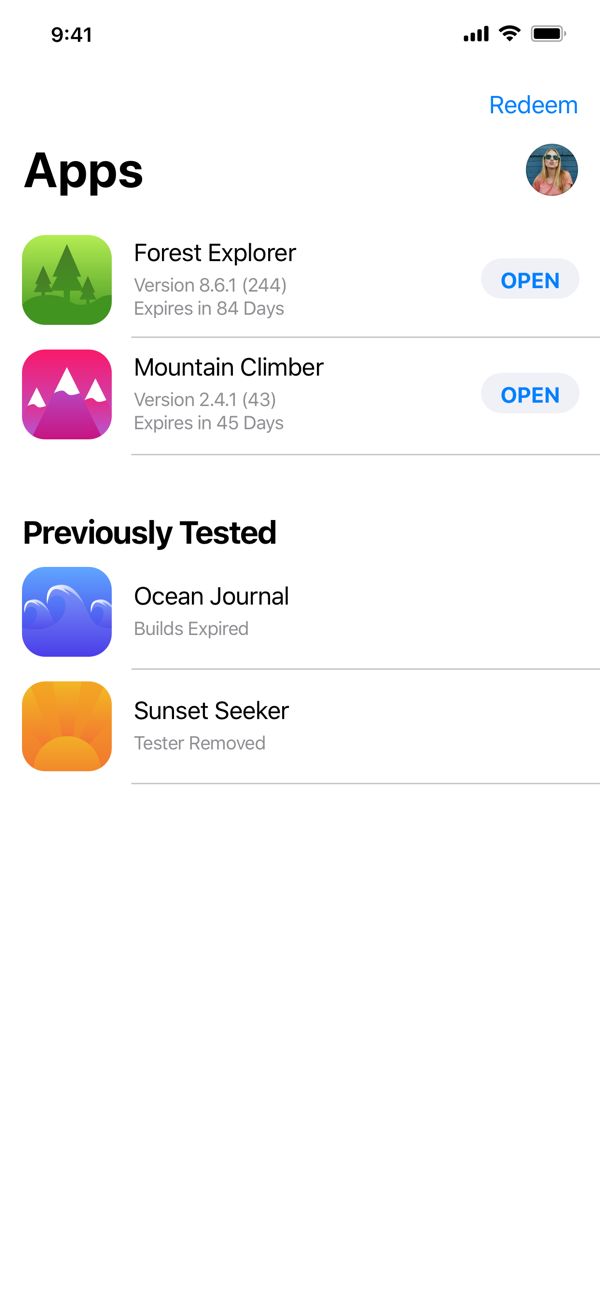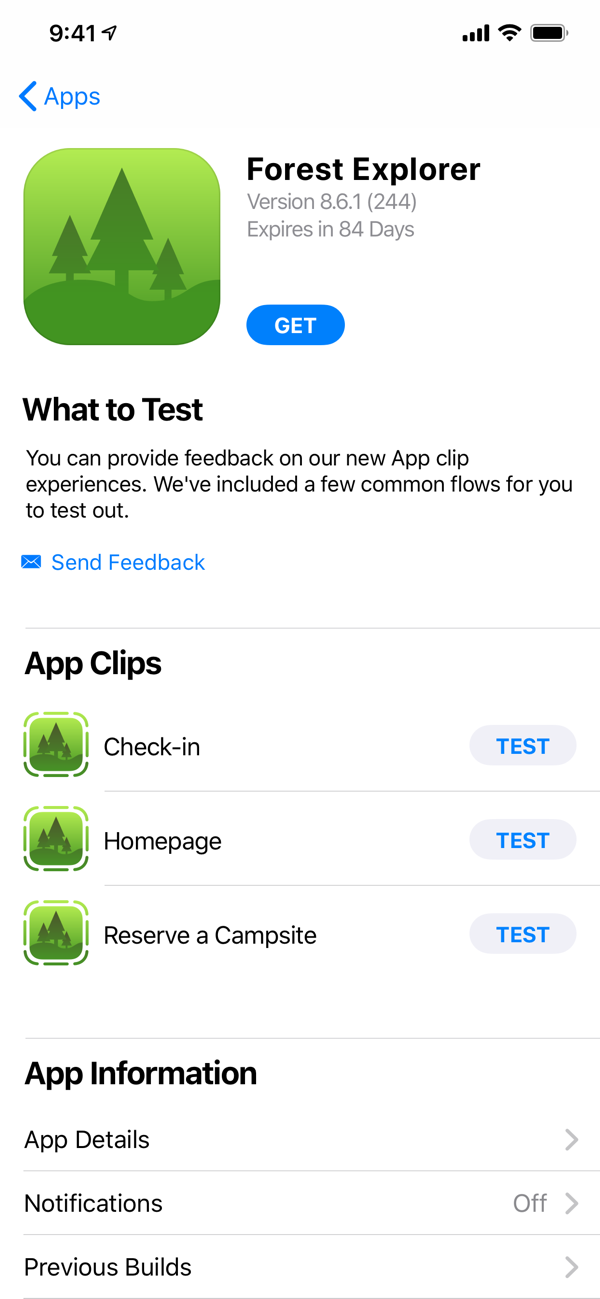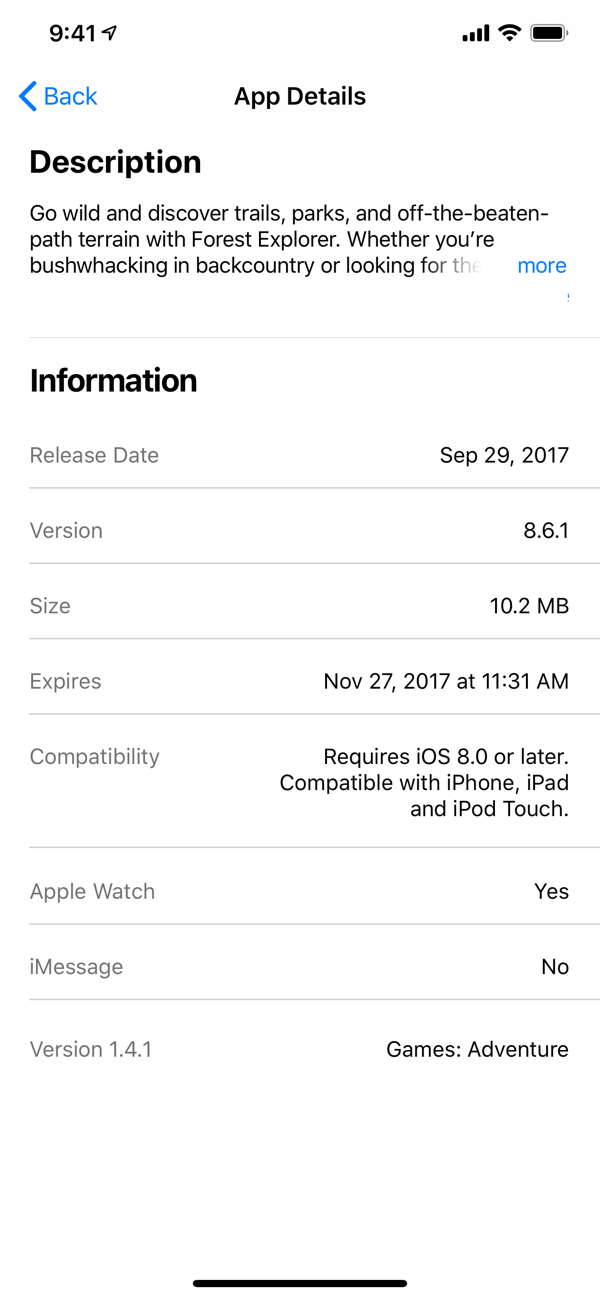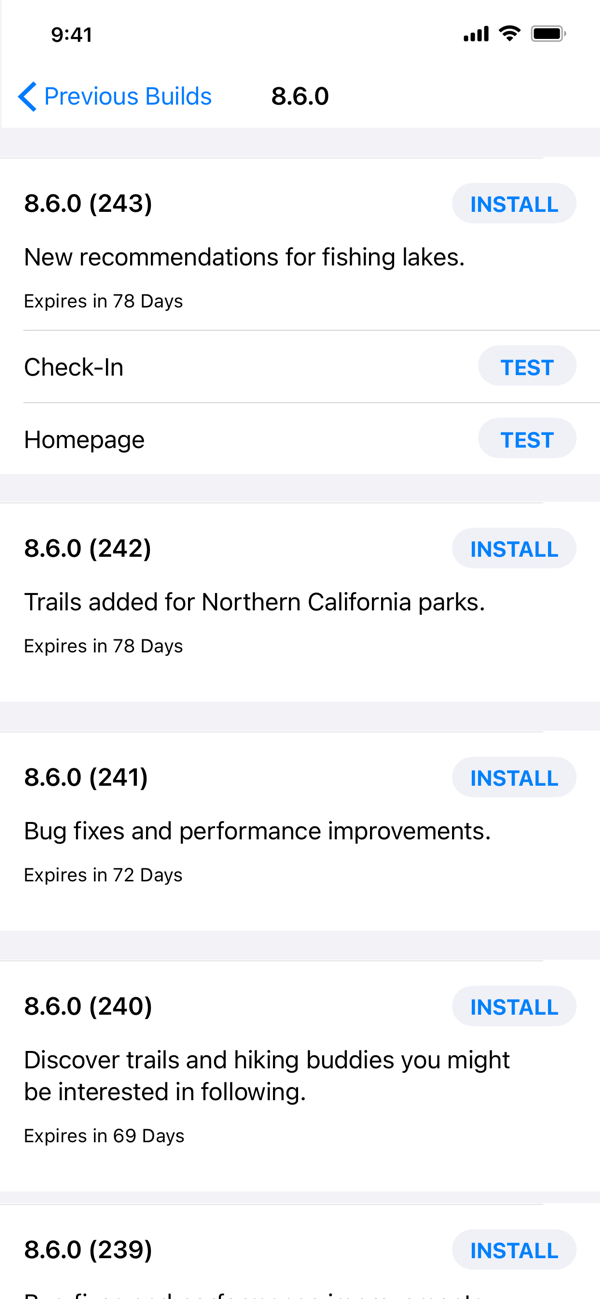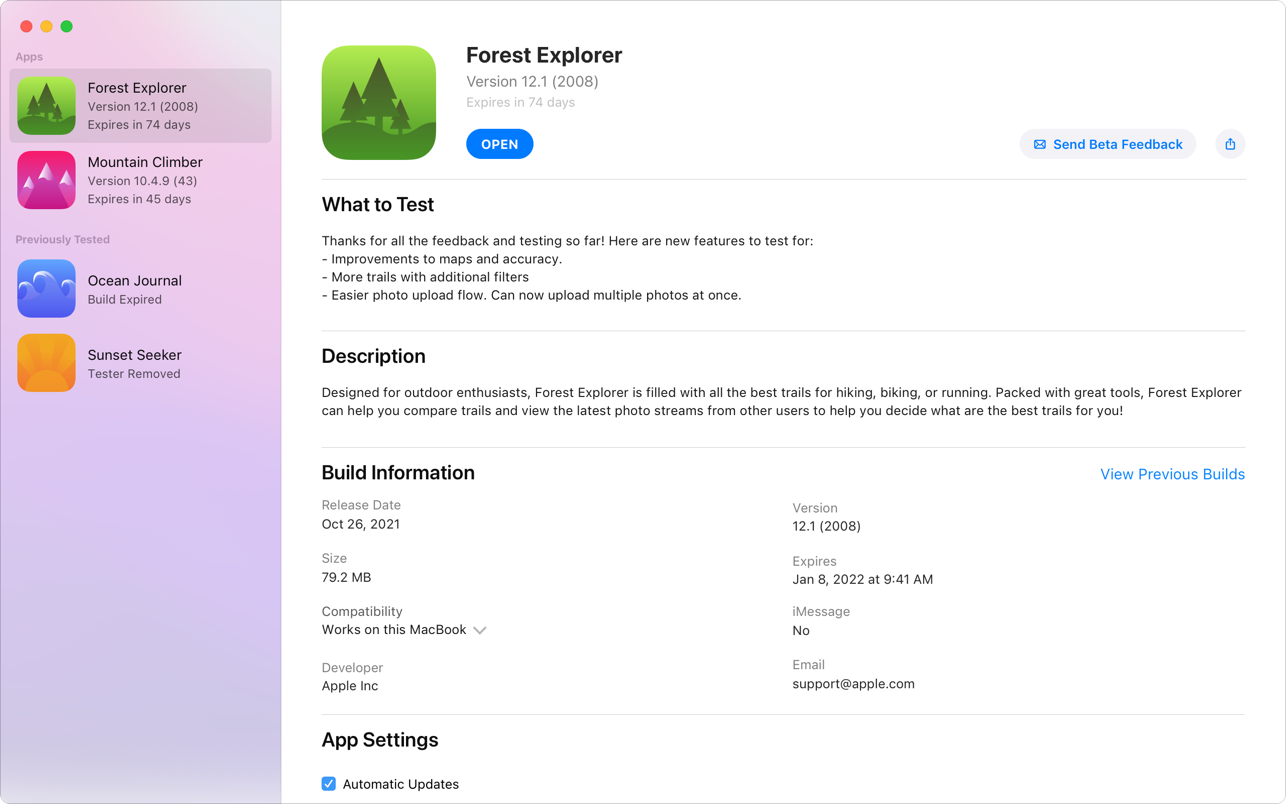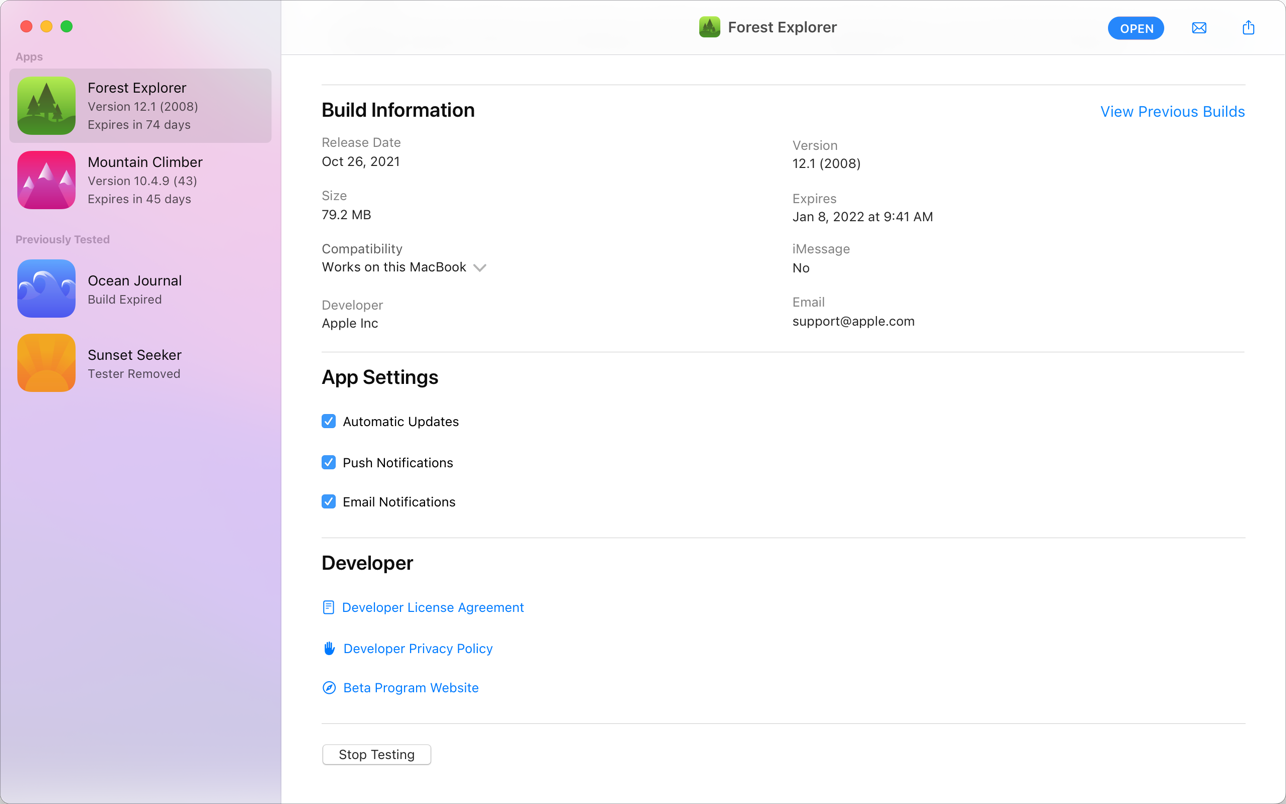Apple has changed the approach to the software it distributes to users of its devices. Instead of throwing a final version at them, he will give them already a beta version, with the large community helping him debug problems for free and relatively easily. However, it also caters to developers, for whom it offers the TestFlight platform, in which the public can test applications and games.
It's quite simple. Before Apple releases the final versions of its systems, it has quite a lot of wiggle room since WWDC, in which feedback is given not only by developers who are there on the front lines, but also by ordinary eager users who install beta systems on their devices. And that this is a popular step is also evidenced by the fact that other companies have switched to a similar principle. Thanks to this, the final system can be in a better state than if all the testing took place only internally within the company. More heads know more and see more.
App Store with beta versions
At the same time, however, Apple has been providing the TestFlight tool for a long time. It actually works on the same principle. Although every major studio has a certain number of beta testers, depending on the complexity of the released software, they often cannot cover everything they can do, and they also do not have all device models at their disposal to sufficiently and properly thoroughly examine the possible errors of the upcoming title. In such a case, TestFlight enters the scene, through which the application can be unofficially "released" and the public can be invited to it. So it's actually an App Store, but it works on the basis of invitations.
So, using the platform, users can sign up to download and install beta versions of apps for iOS, iPadOS, watchOS, tvOS, iMessage, and macOS. In addition, up to 10 beta testers can be invited to test one title, and groups can even be created to test different builds of the title at the same time. Everything is free. Developers can then invite you to the platform using an email address, but they can also do so by sharing a public link.
It could be interest you

You can see the applications that you can test within TestFlight, from where you can install them on your device in the same way as in the App Store. Individual builds have a "lifetime" of 90 days, which is how long the title is available to you to test and debug. But of course, as soon as the new build comes out, it's back to the 90 days to test it. However, the platform is not supposed to function as a repository for unreleased titles, hence this period of time during which the developer must work on the title in such a way that it can then be officially released.
Not everything is so rosy
The advantage of the platform is that the developer can directly address the given testers with a request to test a clearly specified problem. The testers then help the developer tune the title to perfection with their reports, directly from the application by taking a screenshot. They can also provide additional context, such as when the application failed and the likely reason for the failure.
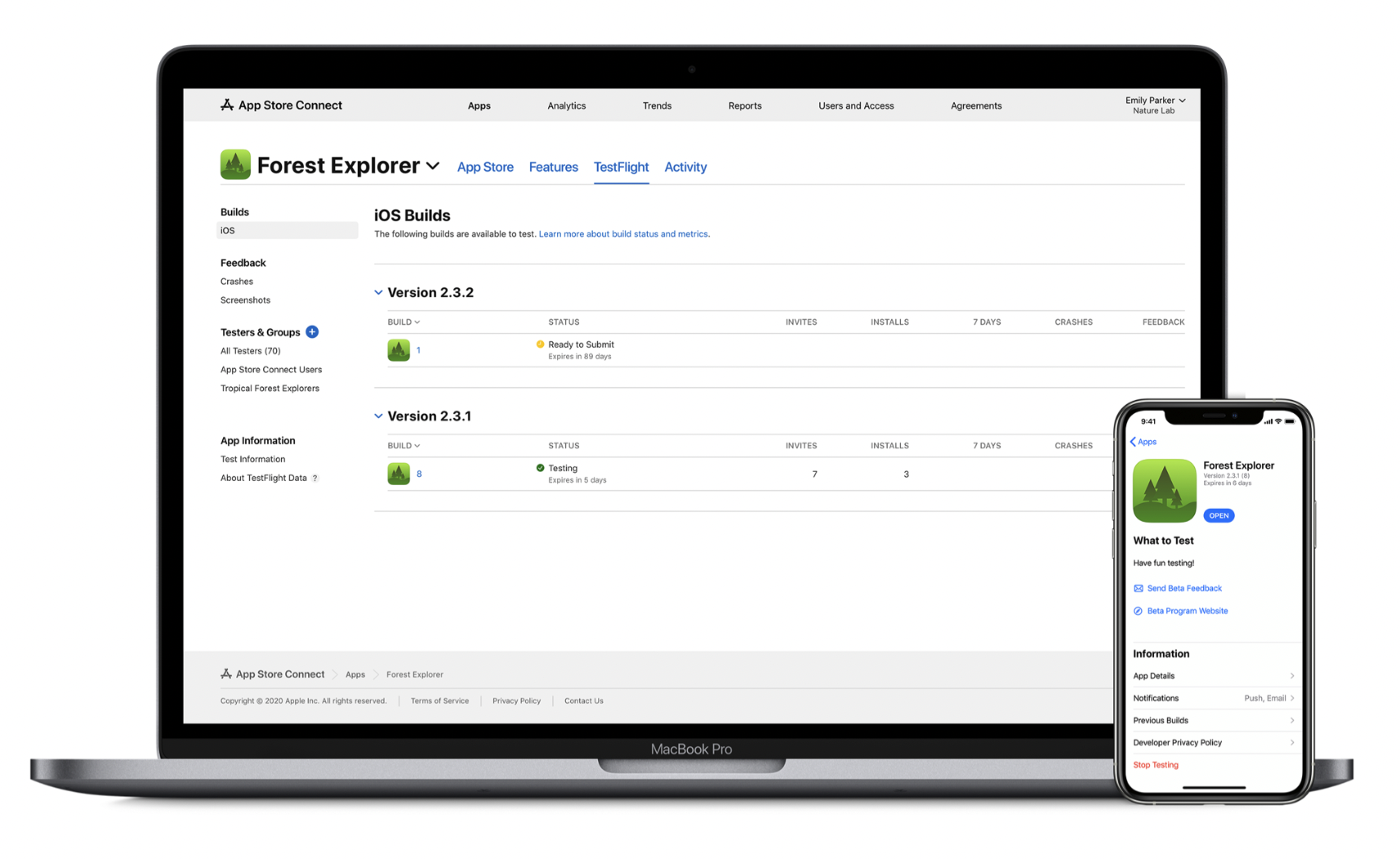
Quite logically, various problems are also associated with testing. Since you are testing unreleased and unfinished software, you have to expect that not everything will go completely smoothly. This can be a bit frustrating, so it is necessary to approach it in such a way that you really only test the given applications and not use them to their full potential. Constant crashes and error messages can be the order of the day.
